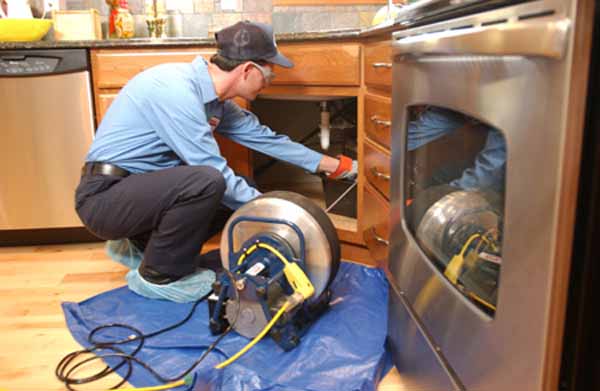Everyone would like to be more proficient around the home. DIY can be the bane of a person’s life, and can lead to tension in marriages or in parent-child relationships. What can seem simple at first can turn into a nightmare, and the chances of making a minor problem worse can deter a homeowner from trying to solve basic issues with plumbing, tiling or floors. Calling in the experts for even minor problems can be very expensive, however, and so it makes sense to be a little bit prepared. Understanding a few basic DIY plumbing tactics can make solving a dripping tap so much easier, and also give the householder the feeling that they are really helping to keep their property up to standard.
Some Basic Tips
In order to get started, begin with some basic steps.
1) Know where the stopcock is for water in the house. This is most often located in one of two places: either under the main tap in the house (this will be the kitchen tap, or on the pipe connected to a washing machine or dishwasher), or it will be near the driveway at the front of the house. Practice turning this water stop on and off, so that it can be done easily in an emergency and remember to keep this stopcock clean, and free of rust.
2) Be aware of what goes down the drain. The water system in a house needs to be kept clear, and this is true of drains in particular. Sometimes, it can be tempting to tip waste from the sink down the drain, or to flush wrappers and other small items down the toilet. Anything which is not liquid, toilet paper or otherwise very small should not be flushed or tipped down the drain.
3) Keep drains clear of fats. Fats, grease and oils cannot usually be poured down a drain, and they can do serious damage to waste pipes. Fats stick together, often clogging around the walls of pipes, and preventing effective water flow. Soaps and shampoos can contribute to this problem, and before the homeowners know where they are, they have a badly blocked drain which only expert plumbers can solve.

4) Keep plumbing fixtures clean. Prevent taps and showers from seizing by keeping them clean and free of rust. Make sure to wipe down sink drains, water spouts and taps after use, and regularly maintain them. The better care is taken of these furnishings, the less likely it is that problems will occur.
Doing it Yourself
Here are a few tips to help solve minor problems.
5) Fix drain blocks as soon as possible. If a drain is slowing down, or taking a long time to drain a standard amount of water, this is usually a sign that it is on its way to a blockage. Fats and other materials shrink the size of the pipe, meaning less water can get through. Solve this problem by using a standard sink unblocker.
6) Fix small leaks. If a tap is dripping after use, make sure to fix it as quickly as possible. Washer replacement is easy to do, and can prevent drips from getting worse.
7) Solve poorly flushing toilets. This is a common problem, and is easily solved by replacing the ball in the toilet tank. New ones will also help to reduce the amount of water the household uses.
Michael Blake is the Founder of a 24/7 plumbing company called DRMB Plumbing & Heating based in London. Michael believes that everyone should know the basics of plumbing and likes to share his knowledge on the subject.
